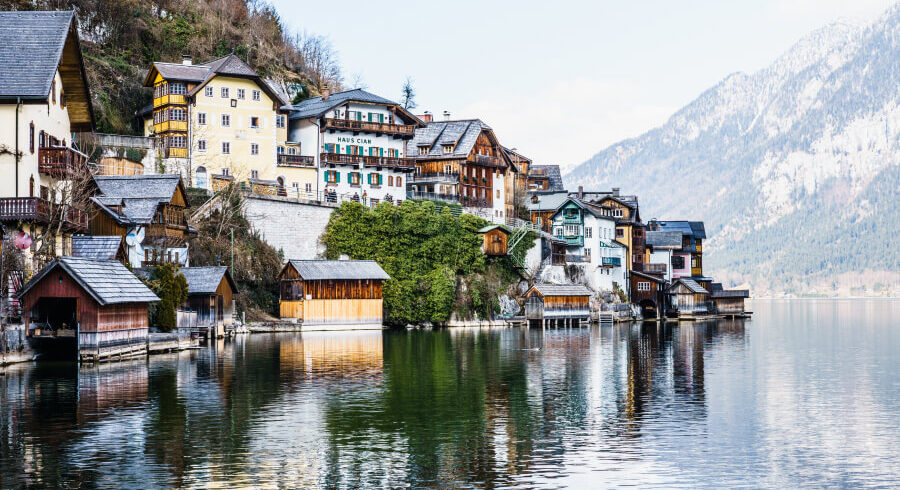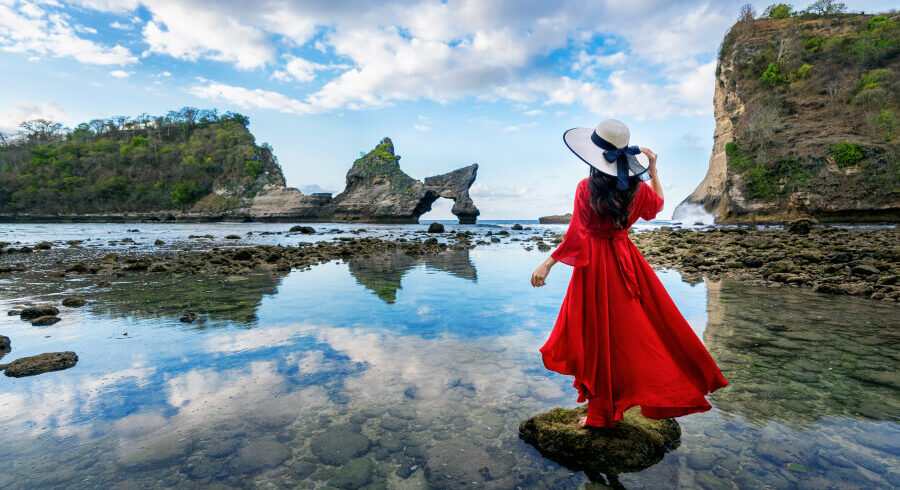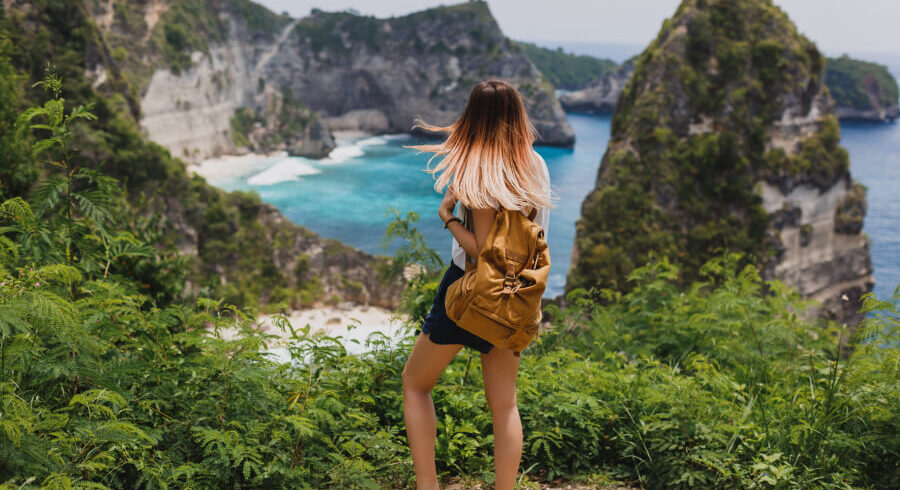Overview
Travel is the movement of people between relatively distant geographical locations, and can involve travel by foot, bicycle, automobile, train, boat, bus, airplane, or other means, with or without luggage, and can be one way or round trip. Travel can also include relatively short stays between successive movements.
The origin of the word “travel” is most likely lost to history. The term “travel” may originate from the Old French word travail, which means ‘work’. According to the Merriam Webster dictionary, the first known use of the word travel was in the 14th century.
Highlights
- Trek to the world-famous Everest Base Camp
- Enjoy the amazing view of the Himalayas from Kala Patthar
- Travel through the Sherpa villages of Namche, Khumjung, Khunde, and Dingboche
- Visit Tengboche the biggest and oldest monastery n the region.
Itinerary
Start your day in Muscat with a visit to the awe-inspiring Sultan Qaboos Grand Mosque, where the grandeur of its architecture, including a massive chandelier and handwoven carpet, will leave you in absolute wonder. Next, head to the scenic Mutrah Corniche, where you can stroll along the waterfront, taking in breathtaking views of the sea and surrounding hills, and explore the bustling Mutrah Souq for a taste of Omani culture, with its spices, perfumes, and unique handicrafts. From there, a visit to the Royal Opera House awaits, offering a glimpse of luxury and artistic excellence in an architectural masterpiece. As you continue, step back in time with a visit to the Al Jalali and Al Mirani Forts, perched high above the city, offering sweeping views of the coastline and a sense of Oman’s rich history. To unwind, make your way to Qurum Beach, where the calm waters and golden sands provide the perfect backdrop for relaxation. Finally, end your tour with an unforgettable dhow cruise, drifting along Muscat’s stunning coastline, and catching a mesmerizing sunset that wraps up your day in the most magical way. This tour offers the perfect blend of culture, history, and beauty, making Muscat an experience you’ll never forget!
A day trip to Wadi Shab and the Bimmah Sinkhole offers an adventure filled with natural beauty and refreshing experiences. Begin your journey with a scenic drive from Muscat, heading towards Wadi Shab, a hidden gem known for its turquoise pools and dramatic cliffs. After a short hike through the wadi, you'll be rewarded with crystal-clear waters, perfect for a swim or a refreshing dip. For the adventurous at heart, explore the stunning caves nestled in the wadi. After soaking in the beauty of Wadi Shab, head to the Bimmah Sinkhole, a natural wonder located along the way. This large limestone crater, filled with bright blue water, is a sight to behold. You can take a dip in the cool waters of the sinkhole, surrounded by jagged rocks and lush greenery, making it the perfect spot for relaxation and a unique swimming experience. This day trip combines natural beauty, adventure, and a refreshing escape, making it a must-see for those exploring Muscat’s .
A trek to Wadi Bani Khalid is one of the most breathtaking experiences you can have in Oman. After a scenic drive from Muscat, you'll arrive at this stunning oasis nestled in the Hajar Mountains. The wadi is famous for its deep blue, crystal-clear pools surrounded by towering cliffs and lush greenery, creating an idyllic setting. The trek itself is relatively easy, with well-marked paths that guide you along the wadi, offering plenty of opportunities to stop and take in the stunning landscapes. As you explore, you’ll come across natural pools perfect for swimming or simply relaxing by the water. For the more adventurous, you can hike further upstream to discover hidden caves and secluded spots. The beauty of Wadi Bani Khalid is truly mesmerizing, with the contrast of the desert landscape and lush waters creating a serene and peaceful atmosphere. It’s a perfect escape into nature and a must-do trek for anyone looking to experience Oman’s raw natural beauty.
An early trek to Nizwa is a fantastic way to experience the heart of Oman’s culture and history. Begin your journey before sunrise, as the cool morning air makes for a refreshing start to the day. As you arrive in Nizwa, the first stop is the iconic Nizwa Fort, a majestic structure dating back to the 17th century. Climb to the top of the fort’s tower for panoramic views of the town, its palm groves, and the surrounding mountains. The morning light casts a beautiful glow on the landscape, making it an ideal time for photography. Next, head to the Nizwa Souq, one of the most vibrant markets in Oman, where you can wander through narrow alleys filled with spices, fresh produce, handmade crafts, and traditional Omani silver. The early morning hours mean the souq is less crowded, allowing you to experience the local atmosphere at its best. After soaking in the cultural sights, you might enjoy a short trek to the nearby Jebel Akhdar or surrounding wadis for a scenic hike among Oman's rugged mountains, lush terraces, and quaint villages. A trek to Nizwa is not only about exploring the historic town but also immersing yourself in the timeless beauty and culture of Oman
Discovering Misfat Al Abriyeen is like stepping into a hidden oasis of traditional Omani life, nestled in the Al Hajar Mountains. This charming village, with its centuries-old terraced farms and ancient mud-brick houses, offers a serene escape from the modern world. As you wander through narrow pathways, you’ll be surrounded by lush date palms, pomegranate trees, and irrigation systems that have been in place for generations. The village is renowned for its traditional falaj (irrigation channels) that bring water from mountain springs to the fields, keeping the surroundings green and fertile. The trek through Misfat Al Abriyeen offers stunning views of the surrounding mountains and valleys. The village's unique architecture, with houses built on hillsides and winding stone pathways, makes it feel like a step back in time. Along the way, you may come across locals going about their daily routines, tending to the farms or harvesting crops, offering a glimpse into the rural way of life that has remained largely unchanged for centuries. The atmosphere here is peaceful and authentic, making it an ideal place for nature lovers, photographers, and those wanting to experience Oman’s traditional village life. Whether you’re hiking the surrounding mountains or simply enjoying the tranquility of the village, Misfat Al Abriyeen offers a truly unforgettable experience.
Al Hoota Cave is one of Oman’s most fascinating natural wonders, located near the town of Al Hamra in the foothills of the Al Hajar Mountains. The cave, which stretches over 5 kilometers, is a stunning underground world of stalactites, stalagmites, and unique rock formations that have been forming for millions of years. Visitors can explore a section of the cave on a guided tour, where you’ll descend into a cool, mysterious environment filled with crystal-clear underground lakes and breathtaking mineral formations. One of the most captivating features of Al Hoota Cave is its rich biodiversity. The cave is home to rare species like the blind fish and other endemic creatures that have adapted to the dark, subterranean environment. The cave is also a geological marvel, with its fascinating limestone formations and the clear, still waters that reflect the beauty of the cave’s interior. After exploring the cave, you can visit the nearby visitor center, which provides insightful information about the cave’s history, the local ecosystem, and its discovery. A visit to Al Hoota Cave offers a unique blend of adventure, nature, and geology, making it a must-see attraction for anyone visiting Oman
When she reached the first hills of the Italic Mountains, she had a last view back on the skyline of her hometown Bookmarksgrove, the headline of Alphabet Village and the subline of her own road, the Line Lane. Pityful a rethoric question ran over her cheek.
Cost
The Cost Includes
- Pick-up or Drop-off service from and to Airport(in our own vehicle)
- Transportation to and from!!
- Food all along the trip(Breakfast, Lunch, Dinner and a cup of coffee or tea) and accommodations during the trip in hotels with family environment
- Transportation, food, accommodation and insurance of Guide during the trip
- Down jacket, all-season sleeping bag, duffel bag and trekking map(in case if you don’t have your own. Down jacket, sleeping bag and duffel bag must be returned after completion of the trip)
- First Aid Medical Kit(Your guide will carry the Medical Kit but we also advise to bring yourself for your own use, as far as possible)
- All the required permits and paperwork
The Cost Excludes
- International Airfare
- Visa Charges
- Hotel Expenses(In Kathmandu, some packages do include hotel expenses)
- Your travel and medical insurance
- Personal Expenses such as shopping, bar bills, hot shower, telephone, laundry, titbits etc
- Food and accommodations in Kathmandu
- Services not mentioned or not promised by the agent/agency
- Emergency expenses such as expenses on chartered helicopter.
FAQs
Annapurna Base Camp is a Grade B or a moderately difficult trekking route. So any fit person can do this trek, even if you do not have any previous experience. You should be aware of what to expect and mentally prepare for it. Then, as long as you will too, you can.
On average, you walk about 4 to 6 hours per day. One or two days can be as less as 3hrs and one or two days can be as long as 7hrs.
The highest altitude reached is 4190m. This is the elevation of Annapurna Base Camp. ABC is the highest we will climb in this trek.
Yes, you can charge batteries en route. Charger should be brought. There are hot shower facilities as well. You may have to pay a certain amount for both ($1-$2). Negotiate. Also, a hot water facility could be free at a lower elevation.
No. There are no ATMs on this trek route. You will have to draw enough cash in Pokhara or Kathmandu. There are a number of ATMs in these cities. Everything is paid in Nepali rupees. So money should be exchanged before the start of the trek.
Yes. The Internet can be accessed in most places. Sometimes, there might be some technical problems. The Internet in Nepal is not as fast as you are used to and at times you can just lose connection.
Not really. It depends on you. If you want, ABC trekking can be done independently. You could hire a guide and a porter by yourself instead of going through an agency or not hire a guide at all. Although, not having a guide can be a little problematic during the offseason.
It really depends on you. Is it your first time in Nepal? How confident are you of being able to find your way around? How pressed on time are you? If you go through an agency, it will be costlier but everything will be planned. You will only have to come, trek and return.
For the Annapurna region, pay for guides range from $20 to $30 per day and porters take $15 to $25 per day.



